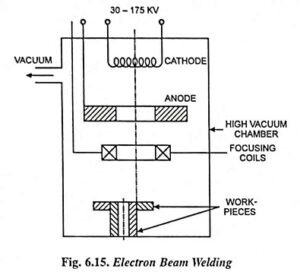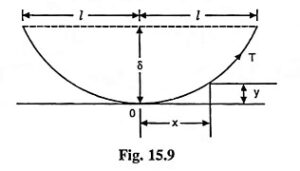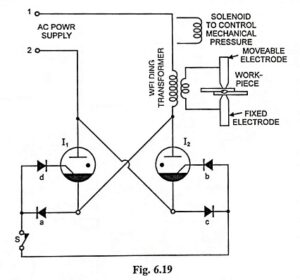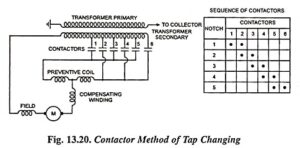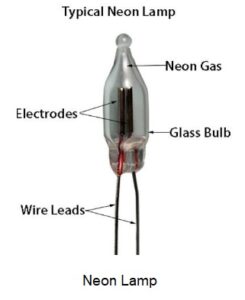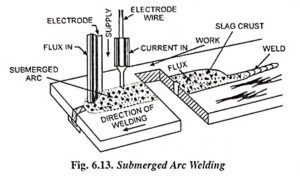Methods of Lighting Calculations:
The different methods of lighting calculations are
- Watts per square metre method.
- Lumen or light flux method.
- Point to point or inverse-square law method.
1. Watts Per Square Metre Method.
This is principally a “rule of thumb” method, very handy for rough lighting calculations or checking. It consists in making an allowance of watts per square metre of area to be illuminated according to the illumination desired on the assumption of an average figure of overall efficiency of the system.
2. Lumen or Light Flux Method:
This lighting calculations method is applicable to those cases where the sources of light are such as to produce an approximate uniform illumination over the working plane or where an average value is required.
From the size of lamp or lamps employed and from their efficiency total lumens output are determined. Multiplying the total lumens output from the source by coefficient of utilization, the lumens received on the working plane are determined. If the lamps and surroundings are not perfectly clean, then in determination of lumens received on working plane, the depreciation factor or maintenance factor should be included, i.e.,
Lumens received on working plane = Number of lamps x wattage of each lamp x efficiency of each lamp in terms of lumens/watt x coefficient of utilization/depreciation factor
Also Lumens received on working plane = Number of lamps x wattage of each lamp x efficiency of each lamp in terms of lumens per watt x coefficient of utilization x maintenance factor.
Coefficient of Utilization or Utilization Factor: The whole light radiated by the lamps does not reach the working plane. The ratio of lumens reaching the working plane to the total lumens given out by the lamp or lamps, is known as utilization factor or coefficient of utilization. Higher the value of utilization factor, more lumens will reach the working plane for the given lumens output of the lamps. The value of utilization factor depends upon (i) the mounting height of lamps—utilization factor decreases with the increase in mounting height of lamps (ii) area to be illuminated—for given height, proportion of direct light becomes more and more if floor area increases, i.e., utilization factor increases with the increase in area to be illuminated (iii) type of lighting—more for direct lighting and low for indirect lighting and (iv) colours of surroundings etc.—more for light colours and less for dark colours. Its value varies from 0.25 to 0.5 and from 0.1 to 0.25 for direct and indirect lighting schemes respectively.
Maintenance Factor: The illumination produced by a lighting installation is considerably less after a year or two of use than it was initially. The loss is due partly to the aging of the lamps and partly to the accumulation of dust on the lamps, on the reflecting and transmitting surfaces of the fixtures and on the ceiling and walls. This fact is taken into account by including the maintenance factor, which is defined as the ratio of the ultimate maintained metre-candles on the working plane to the initial metre-candles. Its value is more if the lamp fittings are cleaned regularly, say 0.8, and less if there is much dust etc. say 0.6.
Depreciation Factor: This is merely the inverse of the maintenance factor and is defined as the ratio of the initial metre-candles to the ultimate maintained metre-candles on the working plane. Its value is more than unity,
3. Point to Point or Inverse-Square Law Method:
This lighting calculations method is applicable where the illumination at a point due to one or more sources of light is required, the candle powers of the sources in the particular direction under consideration being known.
If a polar curve of lamp and its reflector giving candle powers of the lamp in different directions is known, the illumination at any point within the range of the lamp can be calculated from the inverse square law. If two and more than two lamps are illuminating the same working plane, the illumination due to each can be calculated and added. This method is not much used because of its complicated and cumbersome applications. It is employed only in some special problems, such as flood lighting, yard lighting etc.

